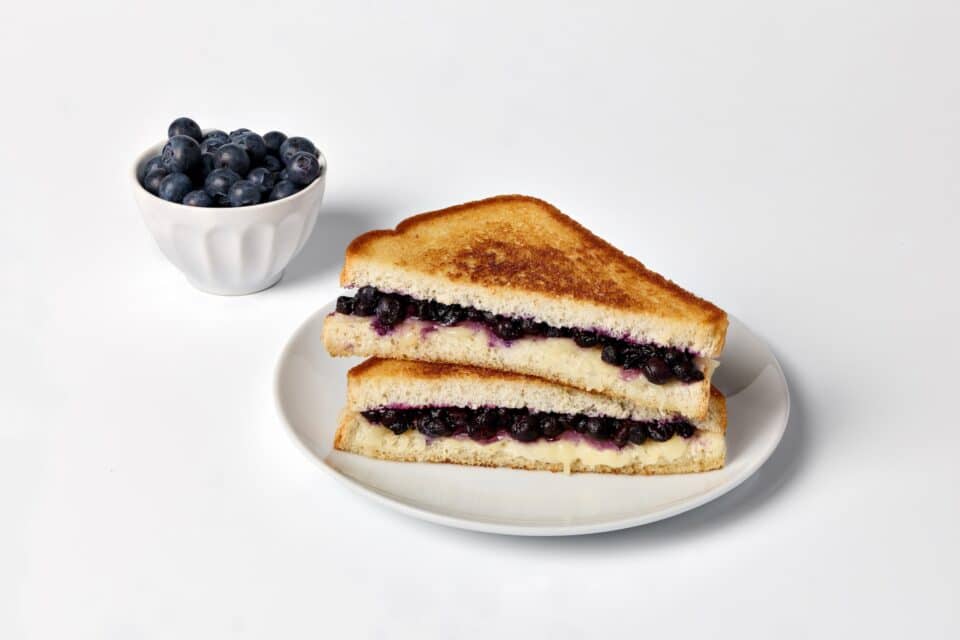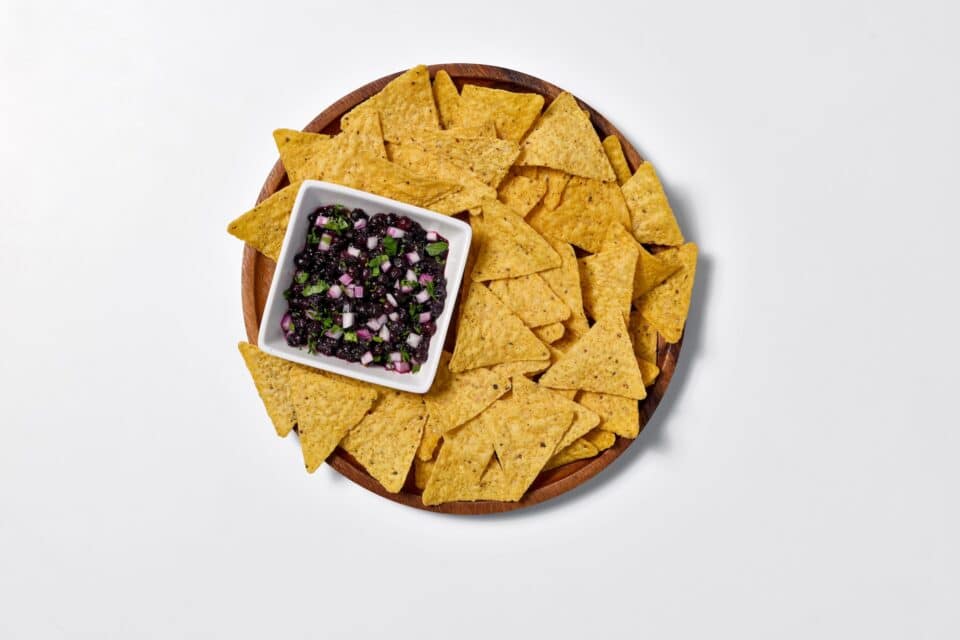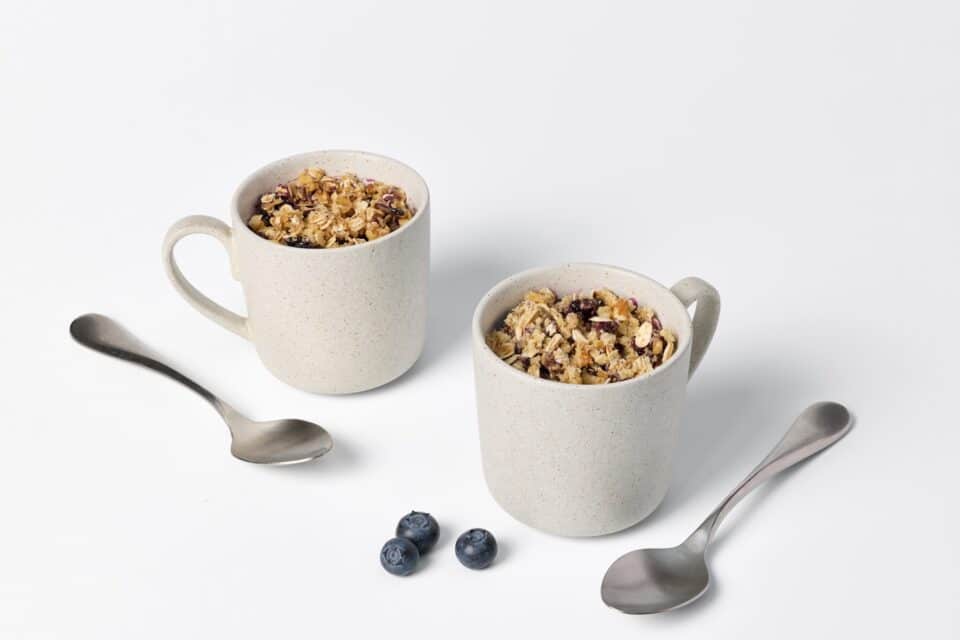Anyone who’s ever had undercooked quinoa or mushy rice knows that preparing a batch of grains isn’t as easy a task as it seems. But once you’ve got the water-to-grain ratios (or broth, if using), cooking times and a few other straightforward techniques down, perfectly cooked grains is definitely doable! Use them as a side dish with proteins and veggies, as the base for grain bowls or stir fries, or to bulk up salads and soups. Check out our video for a quick overview on how to cook grains, and then use our tips to achieve maximum grain greatness.
Common grains water ratios:
- White and brown rice (including short and long grain, basmati, jasmine, etc.): 2 cups water to 1 cup rice
- Quinoa: 2 cups water to 1 cup quinoa
- Couscous: 1 1/4 cups water to 1 cup quinoa
These grains aren’t featured in the video, but here are their ratios if you’d like to try them:
- Farro: 3 cups water to 1 cup farro
- Amaranth: 3 cups water to 1 cup amaranth
- Barley: 3 cups water to 1 cup barley
- Bulgur: 2 cups water to 1 cup bulgur
- Steel Cut Oats: 2 1/2 cups water to 1 cup oats
Here are a few other tips for best results:
- Always rinse your grains in a strainer or sieve before cooking. For rice, this helps remove surface starches, which if un-rinsed can lead to gummy grains. Quinoa’s natural casing can taste a bit bitter or soapy, which is remedied with rinsing.
- Gently toast grains in neutral oil or olive oil before adding water to enhance their nutty, rich flavor.
- Just like with pasta water, season the water you’re cooking grains in with salt to lend extra depth of flavor. If you’re using broth or stock in place of water, adding salt is not necessary.
- Use a large enough pot that your grains can expand as they absorb water while cooking.
- While the grains simmer, cover the pot with a tightly fitting lid (a piece of tin foil can also work). Resist the temptation to remove the lid, which can cause the water to evaporate too much, and also resist the temptation to stir the grains, which can make them starchier.
- If the grains seem well cooked but there is still residual water in the pot, drain the grains in a strainer or mesh sieve before serving.
- Leftover cooked grains can be stored for up to 5 days in the fridge, or frozen for up to 3 months.
How to Cook Grains
White Rice
Feel free to double/triple or halve the recipe, using the same 2-to-1 water-to-grain ratios.
Ingredients
- 2 cups water or broth
- 1 cup white rice
- 1 teaspoon oil
- Salt, to taste
Method
- Rinse the rice in a fine mesh sieve. Allow to drain.
- Heat oil in a saucepan over medium-high heat. Add the rice and toast gently for 3 to 5 minutes, stirring constantly.
- Add measured water or broth, season with salt to taste and cover with a tightly covered lid.
- Reduce heat to low and simmer for 16 to 20 minutes.
Brown Rice
Ingredients
- 2 cups water or broth
- 1 cup brown rice
- 1 teaspoon oil
- Salt, to taste
Method
- Rinse the rice in a fine mesh sieve. Allow to drain.
- Heat oil in a saucepan over medium-high heat. Add the rice and toast gently for 3 to 5 minutes, stirring constantly.
- Add measured water or broth, season with salt, to taste, and cover with a tight lid.
- Reduce heat to low and simmer for 40 to 45 minutes. Drain with a mesh sieve before serving.
Quinoa
Ingredients
- 2 cups water or broth
- 1 cup quinoa
- 1 teaspoon oil
- Salt, to taste
Method
- Rinse the quinoa in a fine mesh sieve. Allow to drain.
- Heat oil in a saucepan over medium-high heat. Add the quinoa and toast gently for 3 to 5 minutes, stirring constantly.
- Add measured water or broth, season with salt, to taste, and cover with a tight lid.
- Reduce heat to low and simmer for 16 to 20 minutes. Drain with a mesh sieve before serving.
Couscous
Ingredients
- 1 1/4 cup water
- 1 cup couscous
- Salt, to taste
Method
- Bring water to a boil in a saucepan. Stir in couscous and season with salt, to taste.
- Cover the pot and remove from the heat. Allow to sit, covered, for 5 minutes. Fluff with a fork before serving.
- Video, recipes and photo: Dish Works




